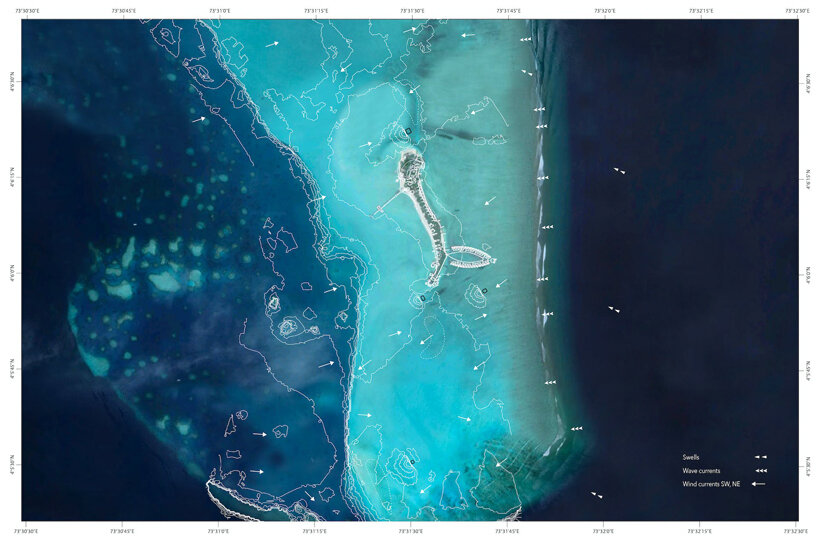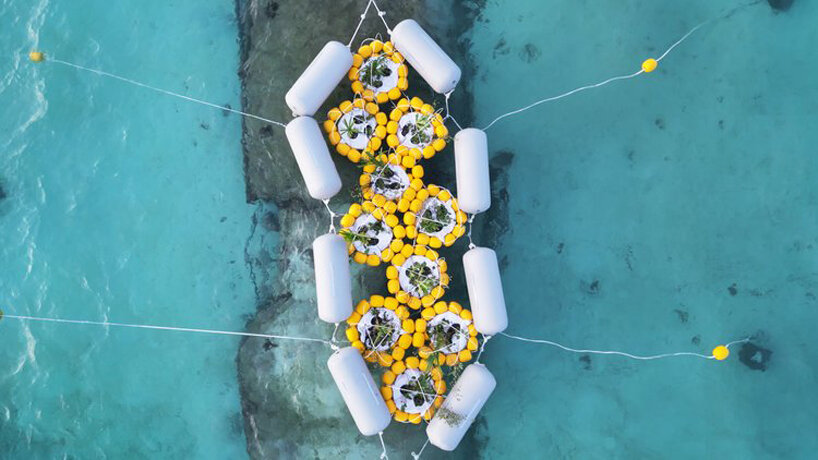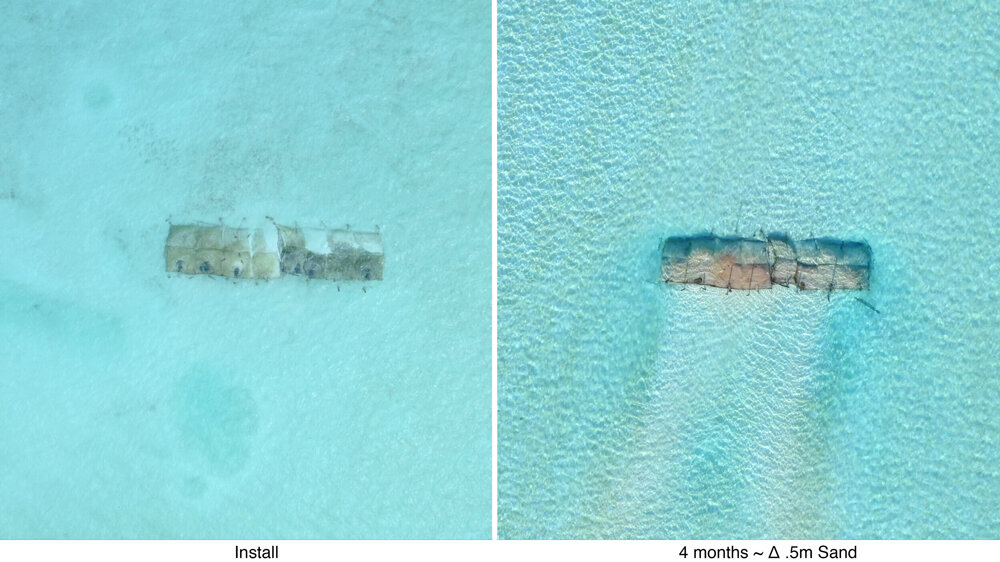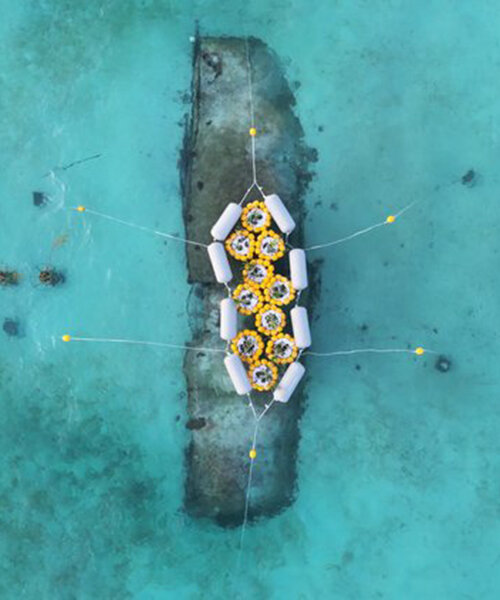mit’s lab uses the power of the ocean to grow islands
Collaboratively, MIT’s Self-Assembly Lab and Invena, an organization rooted in the Maldives, are actively crafting a network of submerged structures that harness the kinetic energy of waves to direct the accumulation of sand in specifically targeted zones. This project aims to create new islands and fix eroded coastlines over time, resulting in a flexible solution to protect people living along the coasts from rising sea levels.
In a changing world affected by climate change, rising sea levels and stronger storms are putting island nations and coastal areas at risk. Around 40% of the world’s population lives in these vulnerable coastal areas, highlighting the need to find new ways to address this growing danger. Traditional methods to fight storms and rising sea levels usually involve building static walls or constantly digging up coasts, which often struggle to keep up with nature’s changes. The team at MIT’s Self Assembly Lab describes that their goal is ‘instead to work with the forces of nature, harnessing them to build rather than destroy’. The team has created pre-fabricated bladders filled with sand and other inflatable structures positioned underwater to gradually construct the artificial sandbar.
Growing Islands: rebuilding beaches and protecting coastlines through wave energy
growing islands Harness Nature’s Forces for Sandbar Development
MIT’s Self-Assembly Lab, in collaboration with partners from the Maldives, has worked on the construction and deployment of submersible contraptions. These devices, characterized by their straightforward geometry and alignment, have the capacity to transform into flexible artificial reefs. Exploiting the power of waves, they accelerate and steer the gathering of sand in carefully chosen spots. Moreover, the team adjusts the positioning of these devices to align with seasonal shifts and the trajectory of storms. This methodology is geared towards a holistic objective: the organic and sustainably reconfiguration of sand topographies through the utilization of natural forces.
By collaborating with the natural forces of the ocean, the team believes that they ‘can promote the self-organization of sand structures without permanent man-made barriers or the continual dredging and destruction of natural habitats.’
‘We believe this is a sustainable approach to the problem that can eventually be scaled to many coastal areas around the world. Just as forest management is used to help strengthen and protect forests from uncontrolled fires or overgrowth, we see a collaborative and natural approach to sand accumulation as an important future to promote adaptation in the face of climate change while protecting against sea-level rise and increasing natural disasters,’ they explain.
The MIT Museum in Cambridge is currently hosting an exhibition that presents this vision for the future of the Maldives coastline.

installing a floating garden system

native sandbars and sand migration

aerial view of 2nd field install

aerial view of 2nd field install

fField experiment install

field experiment install

placing the bladders underwater




project info:
name: Growing Islands: Rebuilding beaches and protecting coastlines through wave energy
designers: Self-Assembly Lab Team | @selfassemblylab
design team: Walt Zesk, Natalie Pearl, Yihong Amy Chen, Sabrina Su, Maria Diane Fadel, Kimball Kaiser, Jacqueline Chen, Christina Kim, Alice Song, Jeremy Bilotti, Nitzan Zilberman, Heather Nelson, Maya Koneval, Yuxuan Lei, Violetta Jusiega, Emile C. Theriault-Shay, Amelia Wong, Nicole Teichner, Olivia Yao, Stephen Colar, Björn Sparrman, Schendy Kernizan, Jared Laucks, Skylar Tibbits
Invena – Maldives: Ali Amir, Ibrahim Maniku, Fahad Shiham, Mommo Maniku, Sarah Dole, Hassan Maniku
research collaborators: Heidi Nepf, MIT; Taylor Perron, MIT; James Bramante, MIT; Andrew Ashton, Woods Hole Oceanographic Institute
Tencate: Albert Lim Lum Kong, Muhammad Abdullah Bin Ahmad, Tan Jun Yuen, Tom Stephens, Siew Kok Hau
Sanken Overseas: Hirantha Jayasinghe, Charuka Dewasurendra
SASe construction: Saudulla Ahmed, Abdulla Sawad, Athif
Taj Maldives: Corinna Luebbe, Ingmar Rondeel, Hussain Aiham Ali, Ahmed Nihad
Support from: Invena, Department of Architecture, MIT School of Architecture + Planning, MIT International Design Center, MIT, National Geographic
drone footage: @AliAerials
satellite images: Planet
SkySat images: Vulcan & the Allen Coral Atlas


















